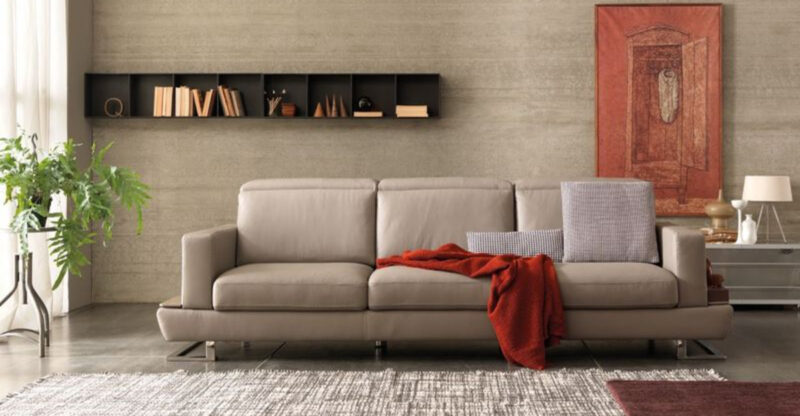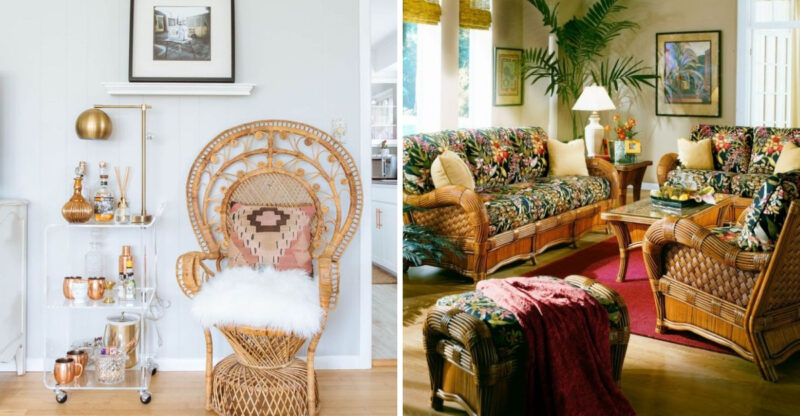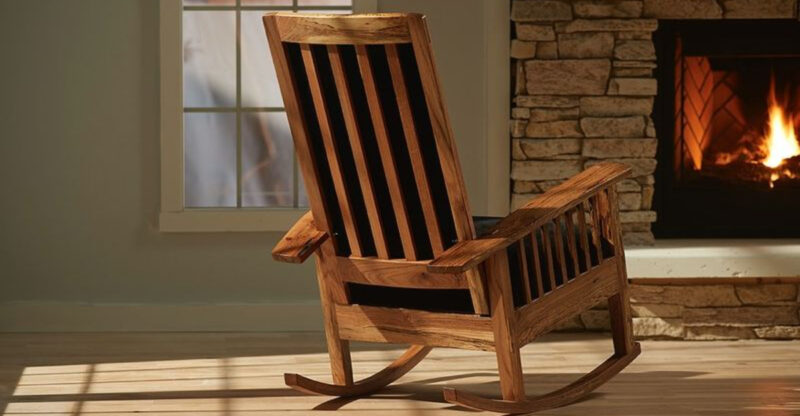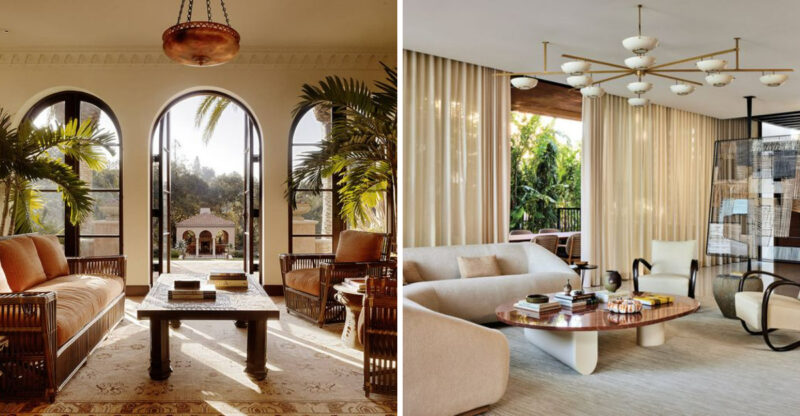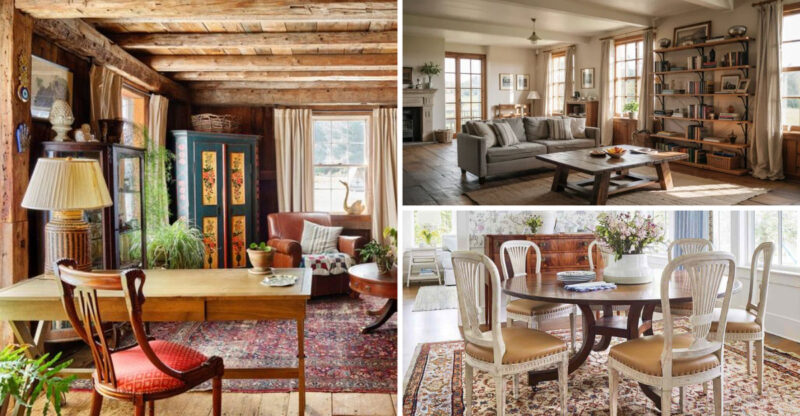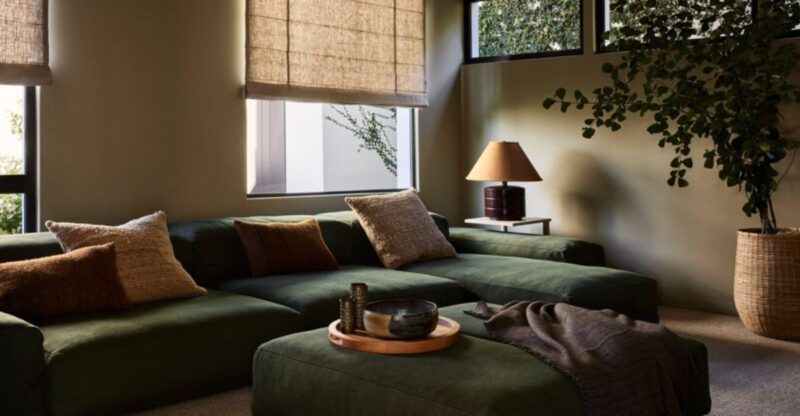Don’t Rearrange Your Living Room Until You See These 16 Layouts
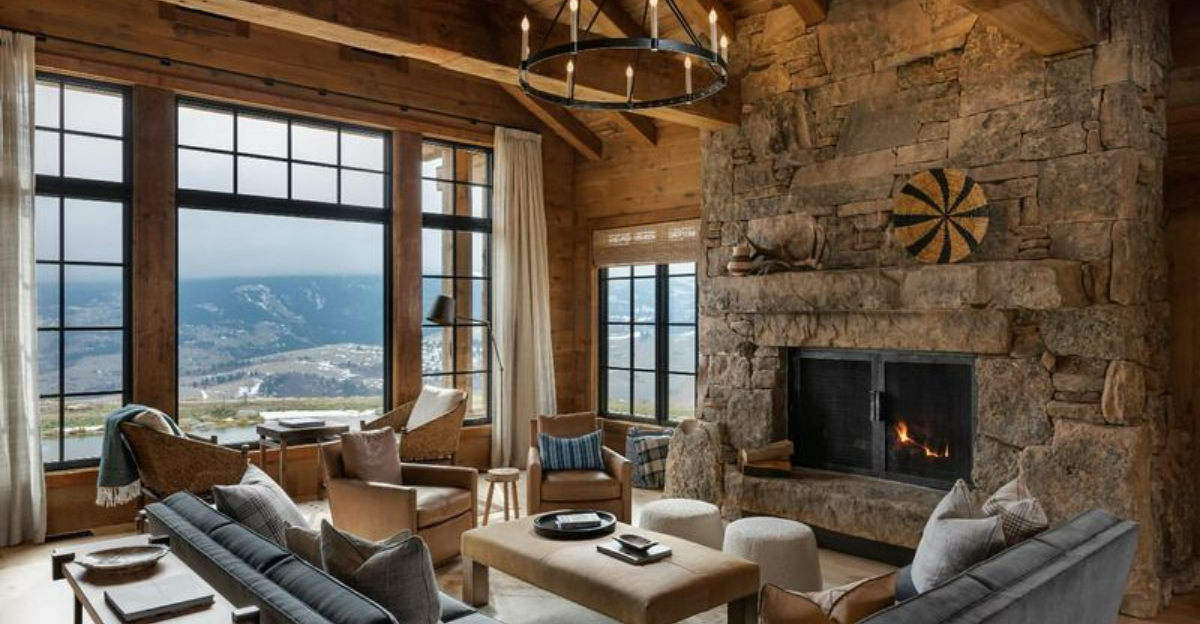
Rearranging your living room can totally transform how your space feels and functions. Getting the layout right makes all the difference between a room that feels cramped and awkward or one that flows naturally.
Before you start pushing furniture around, check out these smart layout ideas that could solve your space problems and give your living room a fresh new look.
1. TV-Focused Layout
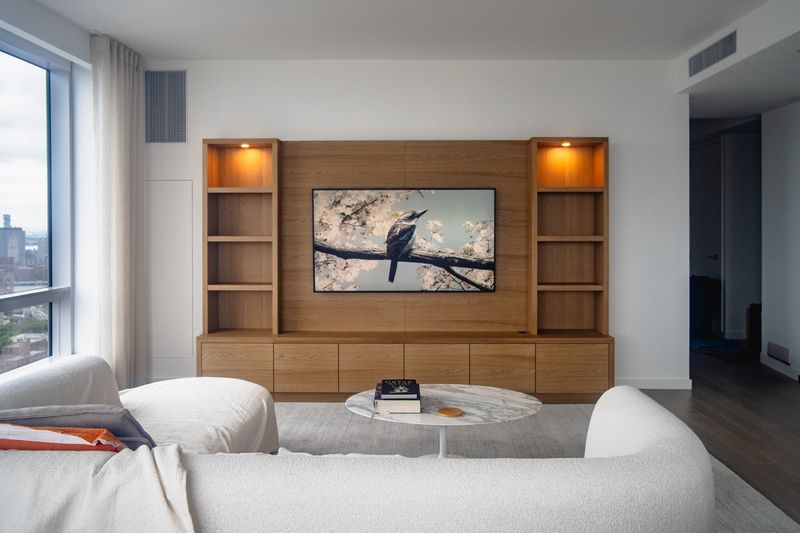
We all love our shows, so why not embrace it? Position your couch directly across from your TV with the optimal viewing distance (about 1.5 times the diagonal screen size). Side tables at each end of the sofa keep remotes and snacks handy.
For larger families, add armchairs at 45-degree angles to the television. This creates additional seating without blocking anyone’s view. Remember to manage those pesky cords with cable organizers for a cleaner look!
2. Open-Concept Flow
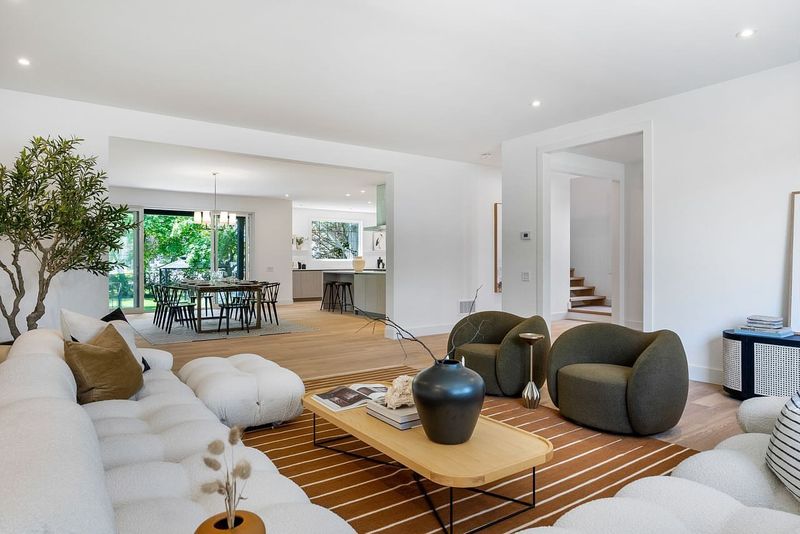
My favorite trick for open floor plans is using area rugs to define separate zones within one large space. Place your main seating area on a rug that fits all furniture legs, at least partially.
Float furniture away from walls to create natural pathways between areas. A console table behind the sofa works as a subtle divider between living and dining spaces. This approach maintains the airy feel while giving each functional area its own identity.
3. Reading Nook Corner
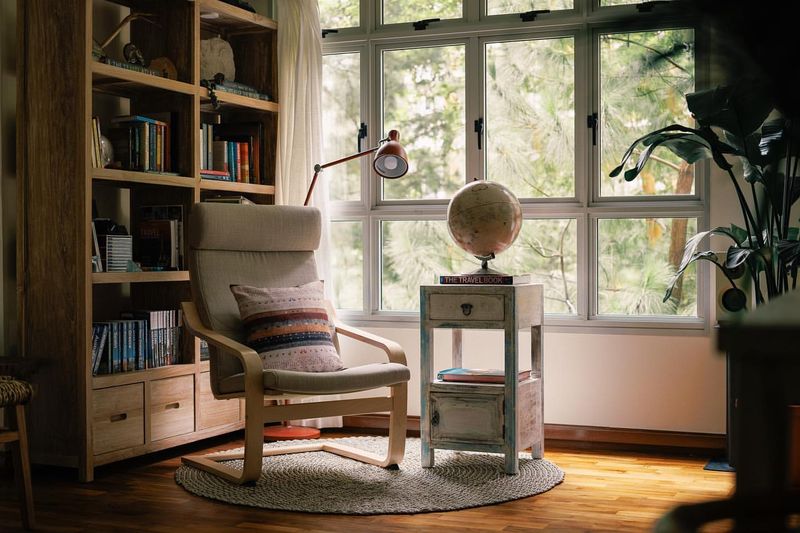
Transform that awkward corner into your favorite spot! A comfortable armchair, small side table, and floor lamp create the perfect reading retreat. I’ve positioned mine near a window for natural light during the day.
Add a small bookshelf or floating shelves nearby to keep your current reads accessible. A soft throw and cushion make it extra inviting. This mini-arrangement works even in rooms where space is tight, giving you a dedicated spot to unwind with a good book.
4. L-Shaped Sectional Solution
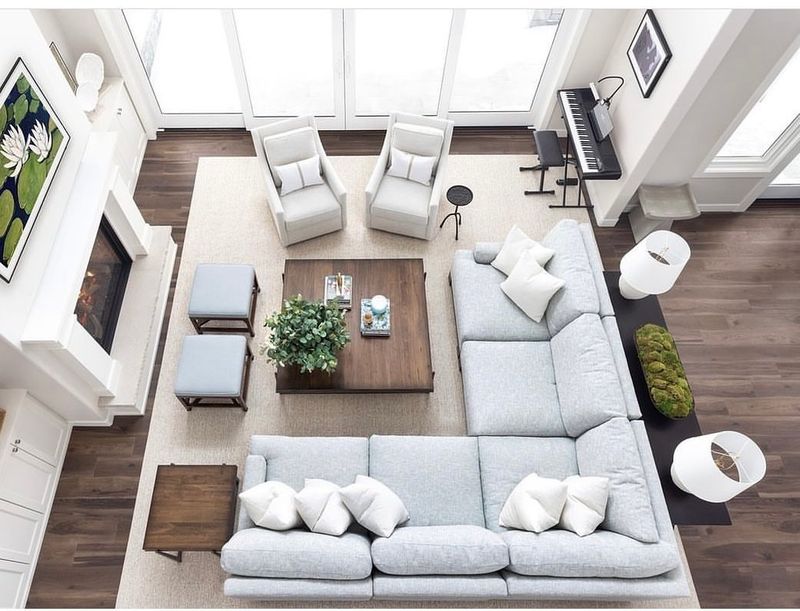
Sectionals are game-changers for oddly shaped rooms! Position the long side parallel to your main wall and the shorter section jutting into the room. This naturally creates a cozy, enclosed feeling.
Balance the heavy sectional with a pair of lightweight chairs opposite it. My secret weapon is a rectangular coffee table that mirrors the L-shape’s lines. For narrow rooms, choose a sectional with a chaise instead of a full L to maintain walking paths.
5. Fireplace Focal Point
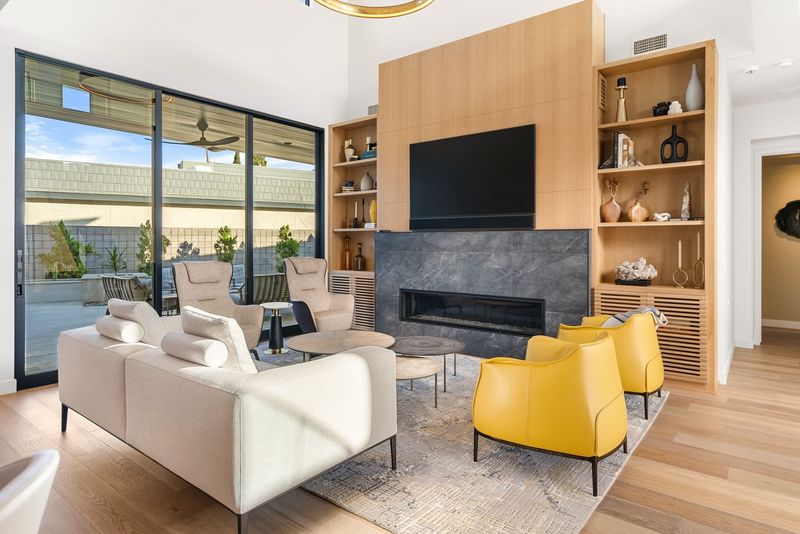
Nothing beats gathering around a fireplace on chilly evenings! Arrange your main seating in a semicircle facing the hearth. I like placing the sofa directly across with armchairs angled on either side.
A coffee table centered in this arrangement creates a comfortable distance from the heat. If you also have a TV, mount it above the fireplace or position it on an adjacent wall at a 90-degree angle. This way, you can easily swivel furniture to switch between fire-gazing and movie nights.
6. Small Space Maximizer
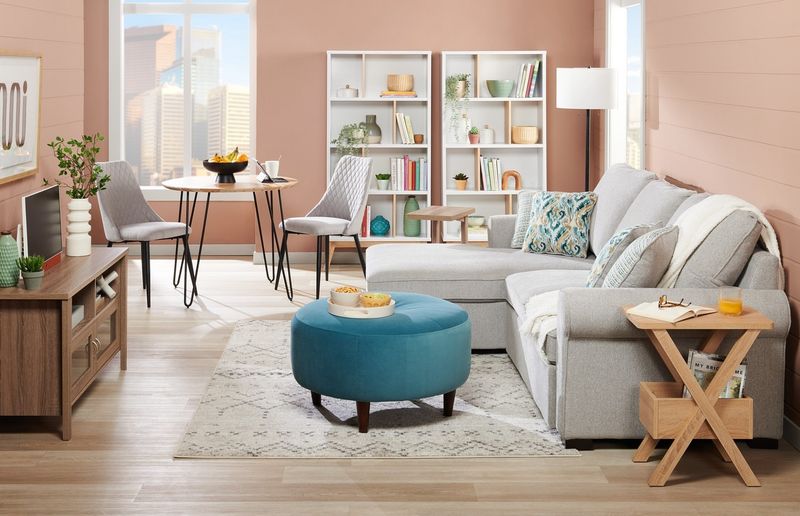
Tight quarters need smart solutions! Choose a loveseat instead of a full sofa and pair it with slim armchairs that have exposed legs. This creates visual space underneath furniture, making the room feel larger.
Mount your TV on the wall to eliminate the need for a stand. A glass coffee table almost disappears visually while still providing function. My favorite small-space trick is using nesting tables that can be pulled out when needed and tucked away when not in use.
7. Dual-Purpose Office Combo
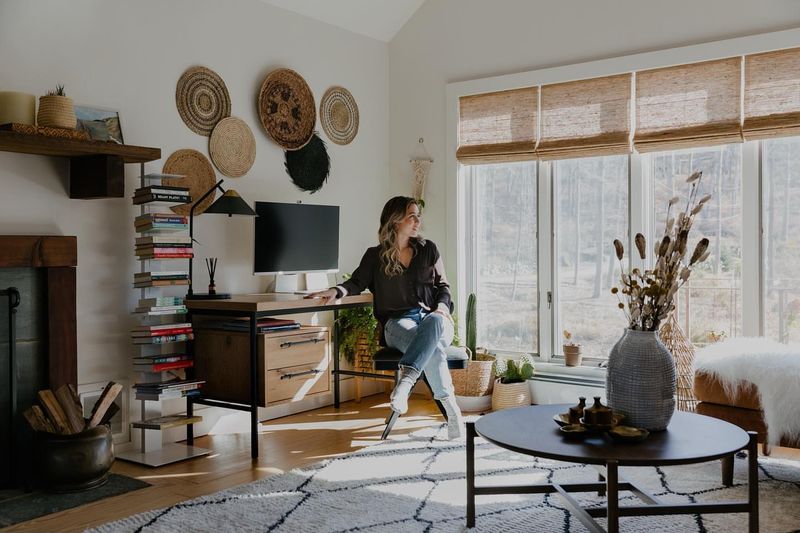
Working from home doesn’t mean sacrificing your living space! Place a desk behind your sofa, using the couch as a room divider. The desk chair tucks neatly under when not in use.
A slim console table with drawers works brilliantly as a compact workspace. Keep office supplies in decorative boxes that blend with your living room style. When friends visit, simply close your laptop and swivel your chair around to join the conversation. No one will even realize it’s an office until you need it!
8. Window-Framing Layout
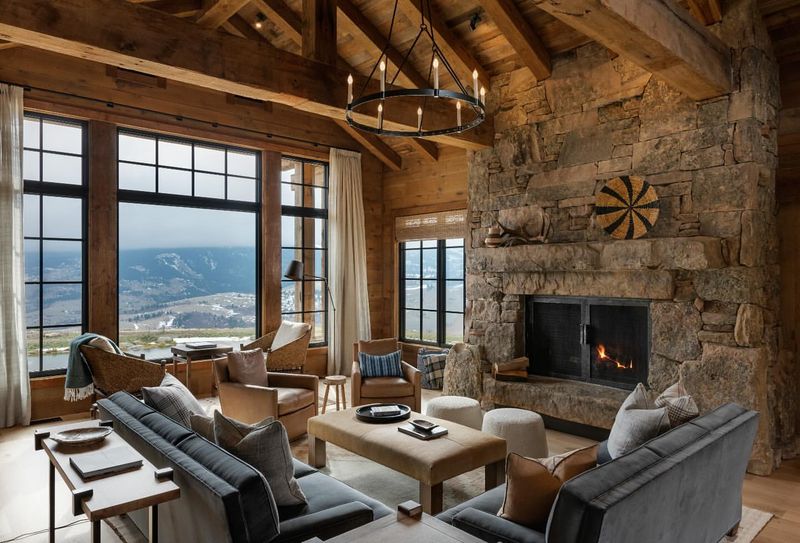
Make those gorgeous windows the star of your room! Instead of blocking views with tall furniture, position your seating perpendicular to windows. This preserves sight lines while still allowing natural light to flood the space.
Low-profile bookcases under windows provide storage without obstruction. For picture windows, I love floating two identical sofas facing each other with the window on one end. This creates a balanced composition that draws the eye outside while maintaining conversation-friendly seating.
9. Kid-Friendly Family Room
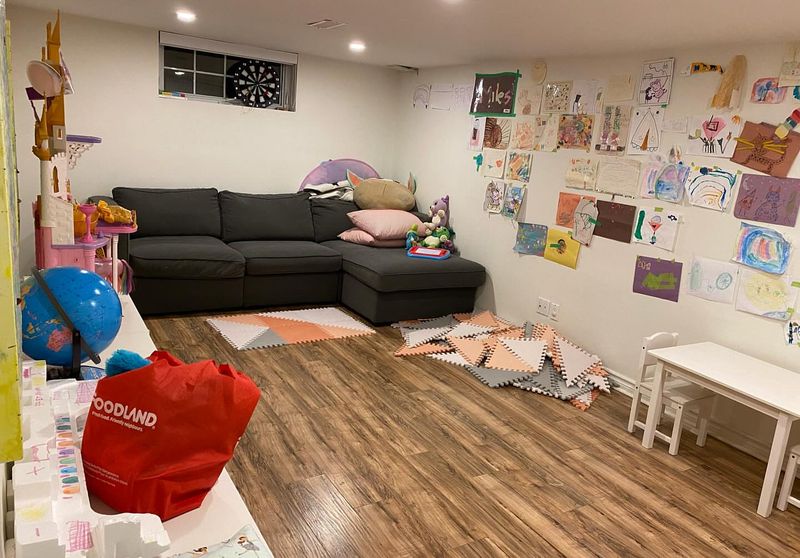
Family rooms need durability and flexibility! Create a layout with a clear play zone using an easy-clean area rug. Position furniture with rounded edges and no glass tops for safety.
I recommend sectionals with washable covers for inevitable spills. Leave open floor space in the center for building blocks and impromptu dance parties. Incorporate hidden storage like ottomans and baskets that double as seating. This way, toys can disappear quickly when adult company arrives!
10. Conversation Circle

Pulling your seating into a circle creates the perfect setup for chatting with friends and family. I’ve found this arrangement encourages everyone to engage more easily without craning necks or raising voices.
The key is positioning chairs and sofas to face each other with about 8 feet between them. No more shouting across the room! A round coffee table in the center ties everything together while keeping drinks and snacks within everyone’s reach.
11. Entertainment Center Balance
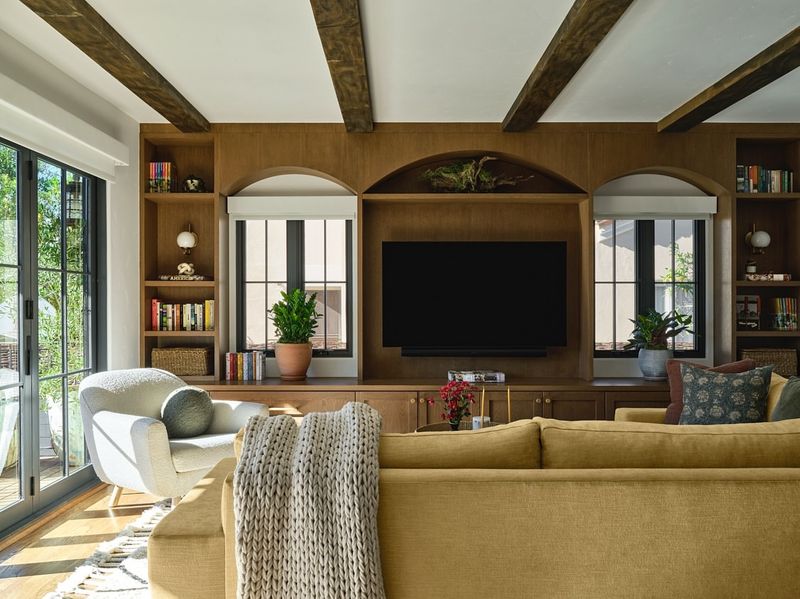
Large entertainment centers need counterbalancing to avoid making one wall too heavy! After placing your media unit, balance it with substantial pieces on opposite walls – like a bookcase or console table with artwork above.
Float your sofa in the middle of the room rather than pushing it against the opposite wall. This creates better viewing angles and improves traffic flow. Adding plants in corners softens the hard lines of electronics. My clients love how this approach makes even tech-heavy rooms feel warm and inviting.
12. Asymmetrical Arrangement
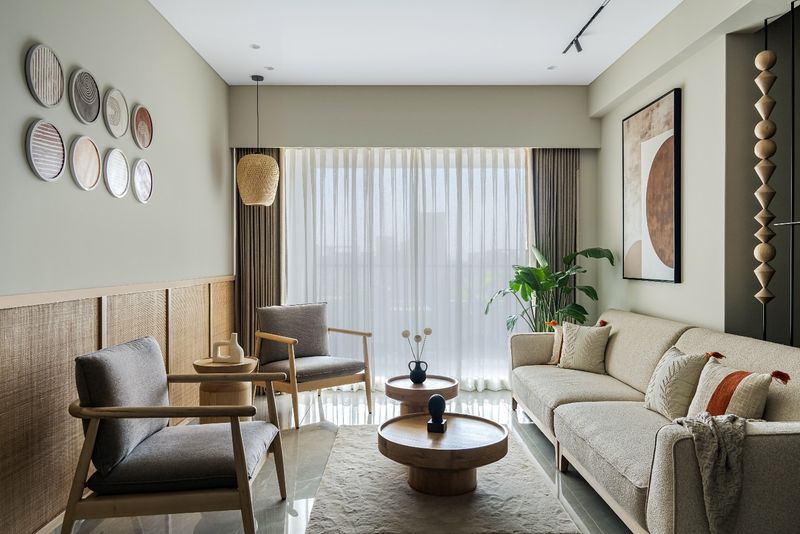
Breaking symmetry creates dynamic, interesting spaces! Try positioning your sofa off-center on your main wall, then balance it with a floor lamp and tall plant on the empty side. This instantly makes your room feel more curated and less cookie-cutter.
Mix seating heights by pairing a standard sofa with a lower lounge chair. Different-sized side tables add to the collected feel. The secret is maintaining visual weight balance – if one side has a substantial piece, the other needs something of similar visual importance.
13. Multi-Zone Layout
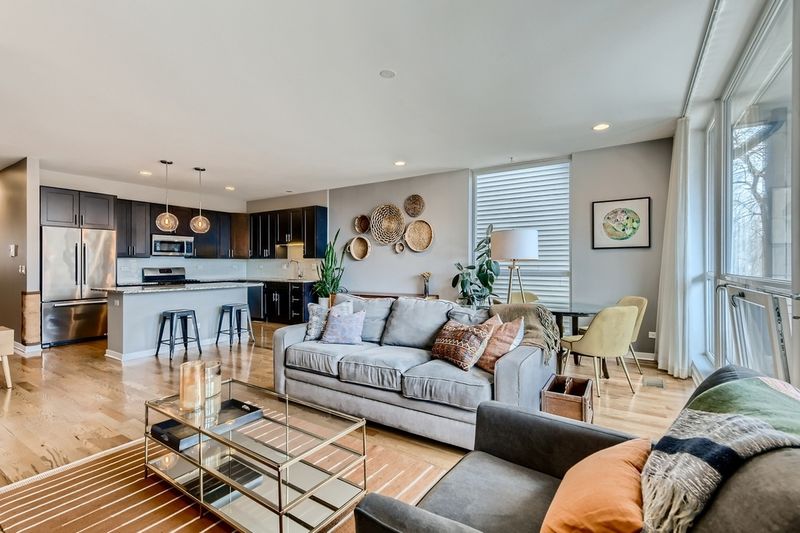
One room can serve many purposes! Divide your space into activity zones – a main seating area for conversation, a small game table in a corner, maybe a reading nook by the window. Each zone needs its own light source.
Use furniture placement and area rugs to define each section. A sofa with its back to another zone creates natural division. My favorite multi-zone rooms include swivel chairs that can turn to participate in different areas. This approach makes even modest-sized rooms incredibly functional.
14. Traffic Flow Optimizer

Nobody likes obstacle courses in their living room! Create clear pathways of at least 30 inches between furniture pieces. The main walkway through your room should be even wider – about 36-42 inches for comfortable movement.
Position your largest furniture against walls when possible to open up central space. Avoid placing pieces that block natural routes between doorways. I’ve found that angling a chair in a corner often preserves more usable space than squaring it with the walls.
15. Awkward Room Problem-Solver
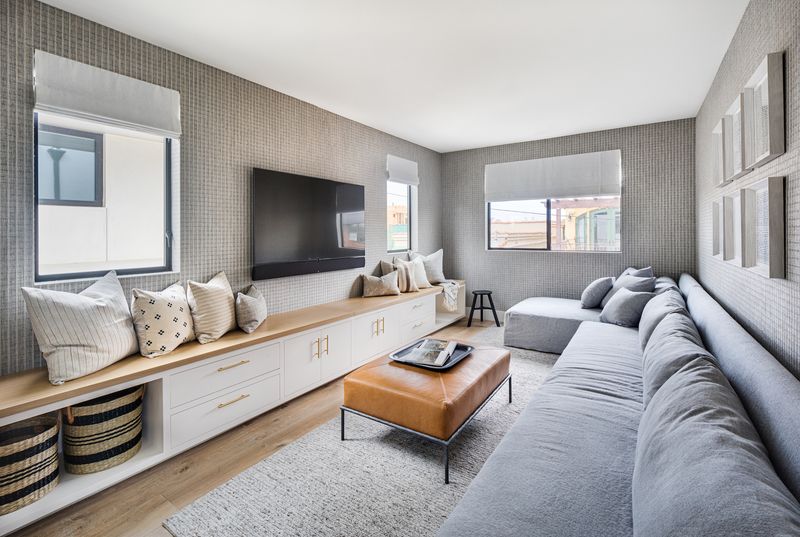
Strange angles or architectural oddities? Embrace them! For slanted walls, position furniture at complementary angles rather than fighting the room’s shape. A corner fireplace becomes a feature when you arrange seating in a quarter-circle facing it.
Low ceiling? Choose lower-profile furniture and use horizontal elements like a long media console. For narrow rooms, float furniture in the center rather than lining walls. My clients are always amazed at how these tricks transform challenging spaces into their favorite rooms.
16. Vintage-Modern Mix
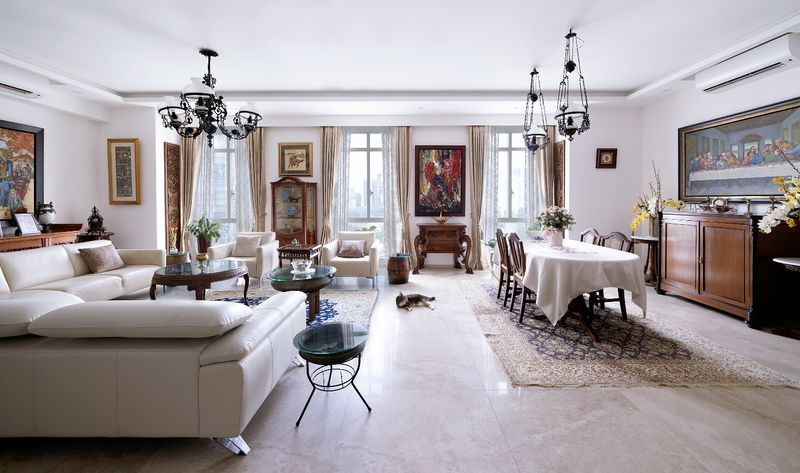
Combining eras creates spaces with personality and depth! Arrange furniture in traditional groupings – like a conversation area with pieces facing each other – but mix vintage finds with contemporary pieces. The contrast is stunning!
A classic rolled-arm sofa pairs beautifully with sleek modern chairs. Balance is key – I suggest anchoring with larger vintage pieces and accenting with modern elements. This layout style works wonderfully in older homes where you want to honor architectural character while adding fresh energy.

